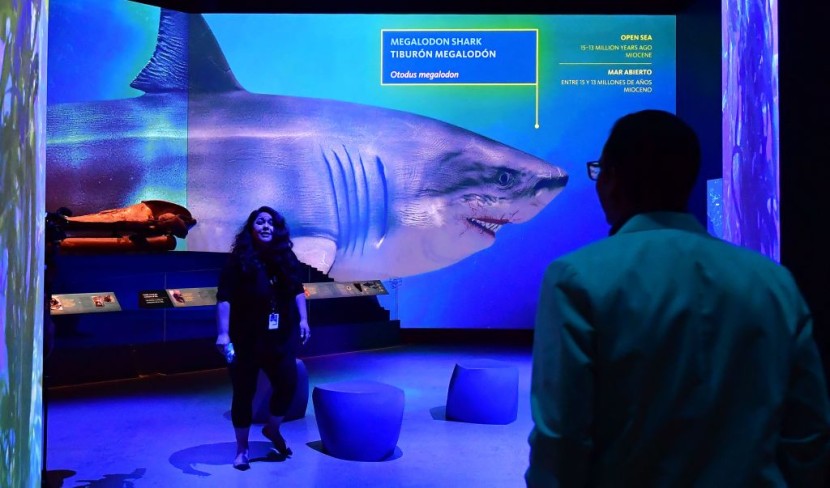
A shark graveyard with fossilized teeth was found in the Indian Ocean near Cocos islands by the Australian science vessel CSIRO.
New, Some Ancient Teeth Found in Shark Graveyard
Researchers initially thought they pulled up a net full of underwhelming sediment and manganese nodules till they had quite a closer look.
Dianne Bray, collections officer at the Museums Victoria Research Institute, informed the Australian Broadcasting Corporation that it was incredible, per ABC News.
Some weren't fossils; instead, they are from mako sharks and two genera of great white shark relatives, reported Science Alert.
Upwards of 750 mineralized teeth from various predatory species had been hoisted up from a depth of 5.4 kilometers (3.3 miles).
As said by Glen Moore, the Western Australian Museum's fish curator, this same revelation enclosed an eclectic combination of modern and ancient shark parts, including a few from the megalodon's immediate ancestor.
Moore clarified that this shark species has evolved into the megalodon, the biggest of all sharks, yet died out over 3.5 million years ago, noted CSIRO.
Megalodon is the biggest shark that ever lived and could quickly gulp down the great white shark.
Sharks have cartilage skeletons instead of bones, and almost all of their remains decompose before becoming fossilized, except their teeth and the infrequent scales found in the shark graveyard in the Indian Ocean, because these remnants are the only hints of these antiquated animals in the 450-million-year history of Earth.
It is still being determined how a large number of these remains, encompassing such a long period, have been collected in one place.
Moore told Newsweek that he doesn't understand why they managed to end up together, aside from the prospect that it was a low point in the ocean bottom from that they would eventually fall.
Mysterious Depths of the Indian Ocean
This underwater grave was found during an inquiry of two brand-new marine parks located 2,500 kilometers (1,500 miles) off the west coast of Australia, states Australian Marine Parks.
CSIRO research ship that discovered the graveyard, the appropriately named Investigator, has now ventured on another journey. This time it's off to Gascoyne Marine Park off Western Australia, where a new shark species is seen.
Will White said they found the new small, stripey horn shark. It is only found in Australia but not classified or named. Most of the known horn sharks will hide in seaweed and rocks on less deep seafloor during the day but leave to feed at night.
Producing eggs that are described as corkscrew-shaped eggs is an odd species due to one characteristic. Unlike similar sharks seen in shallow parts with seaweed, this one lives 150 meters deeper and is barren that deep.
CSIRO marine ecologist and expedition leader John Keesing explained that many of the species found on the current biodiversity survey on RV Investigator could be a new specie. He added the discoveries are not just about unknown species, it also teaches more about maritime ecosystems, including how plentiful the species, their range, and their behavior.
Finding the shark graveyard with ancient teeth under the deep part of the Indian Ocean is another secret with a new shark as a bonus for the CSIRO.
Related Article: Archaic Battle of Sea Titans: Scarred Teeth Fossils Reveal Ancient Livyatan Whale, Megalodon Shark Brawl
© 2025 HNGN, All rights reserved. Do not reproduce without permission.








